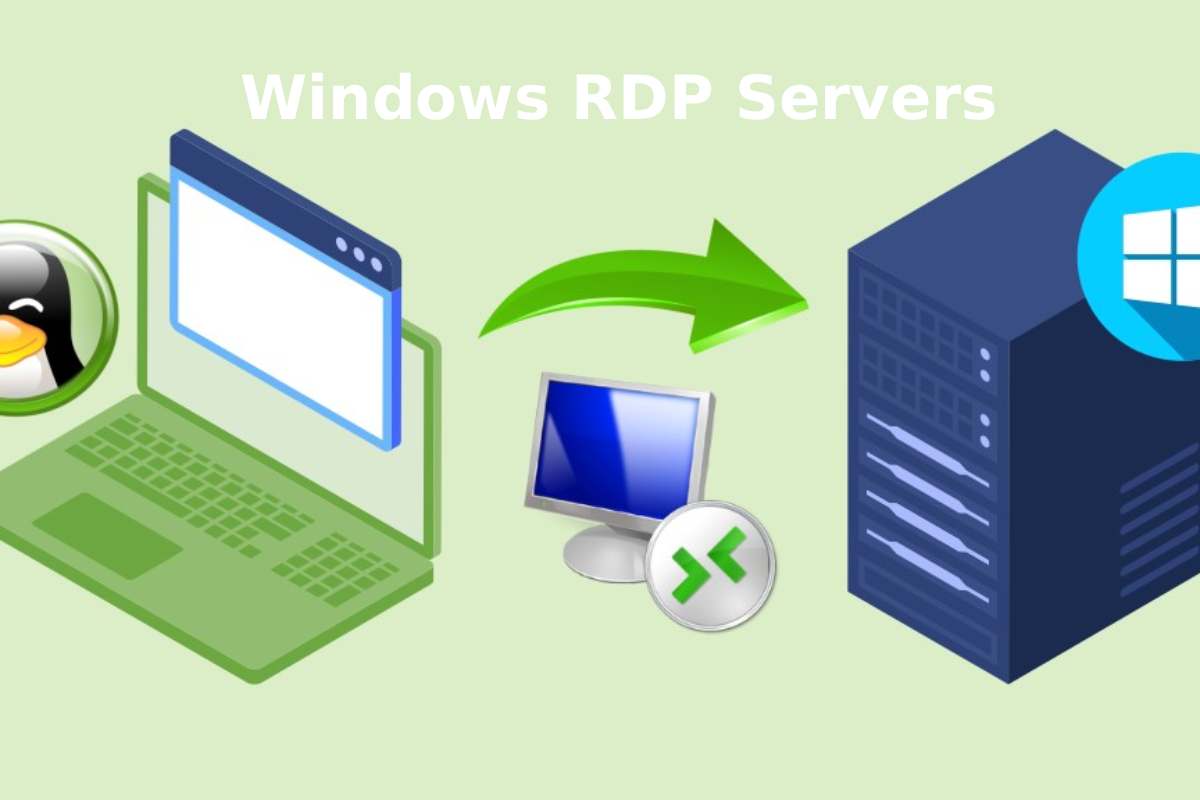
Remote access servers have become a core part of enterprise infrastructure. With increasing demands for safe access methods, organizations increasingly depend on Windows RDP servers. These systems offer multiple protective layers to safeguard private information while ensuring smooth connectivity. Businesses that decide to Buy RDP gain accessible safety features, encryption values, and strong user confirmation that bring into line with modern enterprise needs. Each method works together to reduce potential exposure and ensure compliance. This write-up explores how these servers establish protective measures and why enterprises prioritize them for reliable connections.
User Authentication
Strong password verification plays a key role in protecting sensitive data from unauthorized access. To further strengthen account defense, two-step codes add an extra layer of security that keeps intruders out. Biometric methods such as fingerprint or facial recognition provide additional safety, ensuring that only the right users can log in.
Session validation reduces potential risks by continuously monitoring activity, while identity checks confirm genuine access at every stage. For organizations aiming to secure their remote operations effectively, choosing to Buy RDP is a reliable way to combine convenience with advanced protection.
Encryption Protocols
- End-to-end ciphers guard communication.
- TLS layers secure transmitted information.
- Session keys protect exchanged data.
- Encrypted channels limit intruder entry.
- Confidential files remain strongly coded.
Access Controls
- Role-based rights restrict functions.
- Time limits stop unauthorized entry.
- Group policies refine account abilities.
- Individual rules ensure correct privileges.
- Limited sessions prevent misuse cases.
Audit Logging
- Complete trails record user movement.
- Activity records highlight unusual usage.
- Time stamps verify exact entry points.
- Archived logs support policy enforcement.
- Monitored sessions detect strange behaviour.
Firewall Integration
- Configured rules filter harmful attempts.
- Blocked ports stop external breaches.
- Allowed addresses permit safe links.
- Protective layers reduce hostile penetration.
- Monitored traffic identifies hidden dangers.
Multi Factor
- Code plus password improves verification.
- Mobile alerts confirm sign-in.
- Hardware tokens add a secure checkpoint.
- Email prompts reinforce access steps.
- Additional barriers slow unlawful activity.
Data Confidentiality
- Limited visibility secures private files.
- Screen protection hides critical details.
- Role policies keep documents separate.
- Hidden directories safeguard enterprise content.
- Access monitoring protects confidential records.
Threat Prevention
- Anti-malware blocks harmful code.
- Patch updates remove weak links.
- Security scans detect risky actions.
- Preventive controls restrict unsafe usage.
- Suspicious alerts notify system managers.
Remote Monitoring
- The central console tracks server performance.
- Live alerts highlight suspicious actions.
- Automated systems review ongoing connections.
- Historical records assist security review.
- Monitoring tools reduce potential breaches.
Session Management
- Timed logout prevents prolonged exposure.
- Idle controls stop wasted connections.
- Active checks verify running sessions.
- Reconnection rules handle dropped links.
- Controlled usage reduces exploit chances.
Endpoint Protection
- Verified devices ensure safe logins.
- Scanned systems prevent infected entry.
- Security clients shield connected hardware.
- Updated software avoids exploitable flaws.
- Trusted machines maintain a secure environment.
Enterprise Compliance
- Regulations require strict recordkeeping.
- Policy enforcement supports accountability standards.
- Compliance checks verify secure setups.
- Industry rules shape access controls.
- Proper audits maintain legal safety.
Advanced Integration
- Cloud linkage improves system resilience.
- A hybrid setup increases protected flexibility.
- Central control simplifies administrative tasks.
- Linux VPS compatibility adds resource choice.
- Automated upgrades keep systems safe.
Identity Verification
- Verified tokens protect account sessions.
- Password renewals reduce intrusion attempts.
- Biometric checks strengthen user trust.
- Secure gateways filter incoming requests.
- Access codes reinforce entry limits.
Network Protection
- Firewalls manage controlled data flow.
- Segmented paths isolate critical systems.
- Secure routing directs trusted traffic.
- Monitored gateways prevent hostile intrusion.
- Encryption secures internal communication lines.
Policy Enforcement
- Defined rules regulate user privileges.
- Role guidelines restrict sensitive operations.
- Access schedules limit session periods.
- Written standards guide secure practices.
- Policies enforce consistent safety conduct.
Server Hardening
- Disabled ports reduce open exposure.
- Updated patches close known weaknesses.
- Restricted rights protect administrative functions.
- Secure shells restrict harmful entries.
- Hardened builds minimize threat
Backup Protection
- Encrypted backups safeguard enterprise records.
- Stored copies prevent accidental loss.
- Scheduled archives support recovery plans.
- Restricted access secures backup files.
- Verified storage ensures retrieval reliability.
Risk Mitigation
- Predefined plans address sudden attacks.
- Simulated drills improve response readiness.
- Priority charts classify threat severity.
- Rapid actions minimize lasting damage.
- Controlled measures contain risky exposure.
Application Security
- Restricted installs prevent unsafe tools.
- Verified sources supply trusted applications.
- Updated programs block vulnerability issues.
- Protective wrappers shield sensitive functions.
- Permission checks monitor installed software.
User Awareness
- Training sessions build staff caution.
- Security drills reinforce learned practices.
- Awareness posters highlight safety conduct.
- Reports warn employees about phishing.
- Simulations prepare workers for breaches.
Resource Allocation
- Balanced usage prevents system overload.
- Prioritized access ensures smooth performance.
- Tracked consumption avoids misuse risks.
- Assigned quotas manage limited bandwidth.
- Optimized allocation supports stability growth.
System Scalability
- Added nodes expand server capacity.
- Flexible structures handle rising load.
- Monitored growth adjusts allocated space.
- Scalable layers maintain secure performance.
- Resource pools adapt to enterprise expansion.
Strong Security Foundation
Organizations need robust structures that protect sensitive records while sustaining operations. Windows RDP servers provide combined measures through encryption, multi factor verification, and controlled access rights. Enterprises that also choose to buy RDP benefit from scalable solutions designed for complex setups.
Features such as endpoint protection, remote monitoring, and compliance execution create a layered barrier compared to illegal activity. The presence of flexible support options like Linux VPS further strengthens adaptability. With every component working together, enterprises gain assurance that their data security remains firm, reliable, and future-ready.